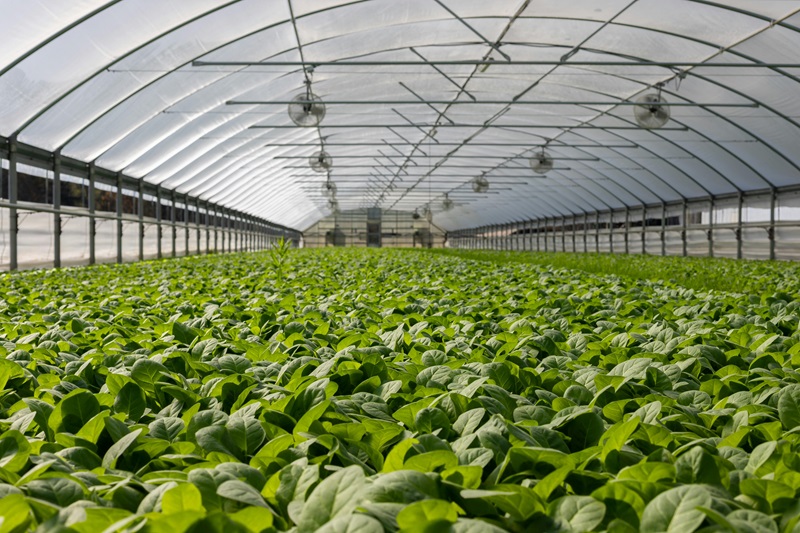Should You Get Horticultural Insurance?

In the competitive world of greenhouse growing, maintaining a successful and profitable operation requires careful planning, precise execution, and a risk management strategy. One aspect of a comprehensive growing strategy is horticultural insurance, which can provide financial protection against a wide range of potential threats to your business. While some consider insurance an essential safeguard for growers, it is not the only way to guard against loss. In this article we will consider the pros and cons of horticultural insurance and also consider the importance of greenhouse automation tools in protecting your crops and potentially reducing your insurance premium.
Pros of Horticultural Insurance Solutions
Financial Protection: The primary benefit of horticultural insurance is the financial protection it provides against unforeseen events that could otherwise devastate your business. Insurance policies can cover a wide range of risks, including crop damage due to weather events, disease outbreaks, equipment failures, and theft.
Peace of Mind: Knowing that your business is protected by insurance can provide peace of mind and allow you to focus on growing your operation, rather than constantly worrying about potential catastrophes.
Customizable Coverage: Many horticultural insurance providers offer customizable coverage options, allowing you to tailor your policy to your specific needs and budget. This flexibility can be particularly valuable for smaller or niche growers who may have unique risk factors.
Cons of Horticultural Insurance Solutions
Cost: Insurance premiums can be expensive, particularly for comprehensive policies that cover a wide range of potential risks. This cost may be prohibitive for smaller growers or those just starting their businesses.
Exclusions and Limitations: Even the most comprehensive insurance policies will have exclusions and limitations, meaning that certain types of losses may not be covered. It is essential to carefully review your policy to understand what is and is not covered.
Claim Process: Filing an insurance claim can be a time-consuming and sometimes frustrating process, particularly if there are disputes over the cause or extent of the damage. It is important to have a clear understanding of your insurance provider’s claims process and to keep detailed records of your losses.
The Added Protection of Greenhouse Automation Tools
While horticultural insurance is one component of a risk management strategy, it is also important to consider the added protection that greenhouse automation tools can provide. By automating tasks such as temperature and humidity control growers can reduce the risk of human error and create a more consistent and stable growing environment. In addition to the direct benefits of improved crop health and yield, greenhouse automation tools can also potentially reduce your insurance premium. Check with potential insurance providers to see if they offer premium discounts for growers who implement advanced risk management strategies, such as the use of automated greenhouse systems. By demonstrating your commitment to minimizing risk and protecting your crops, you may be able to negotiate a lower insurance premium. If you are new to greenhouse automation, the Advancing Alternatives line of greenhouse controllers is a great place to start your automation journey.
Ultimately, the decision to invest in horticultural insurance and greenhouse automation tools will depend on your specific needs, budget, and risk tolerance. However, by carefully considering the pros and cons of each option and exploring the potential synergies between them, you can create a comprehensive risk management strategy that protects your business and promotes long-term success. As a greenhouse grower, you know the value of nurturing and protecting your crops, and by investing in both insurance and automation tools, you can create a thriving and resilient operation that stands the test of time.
